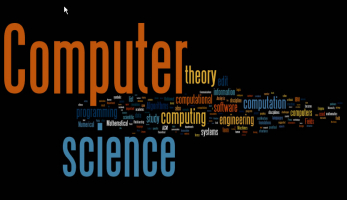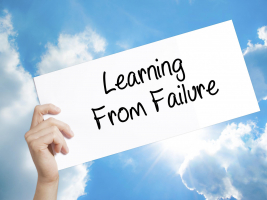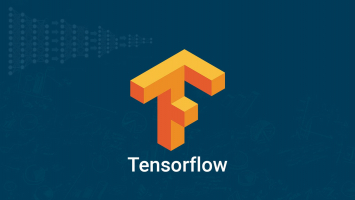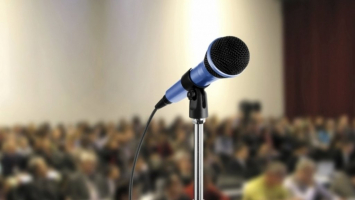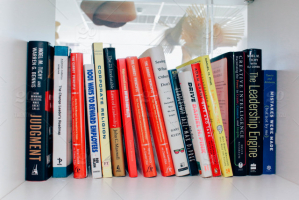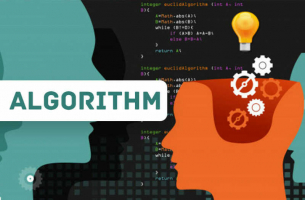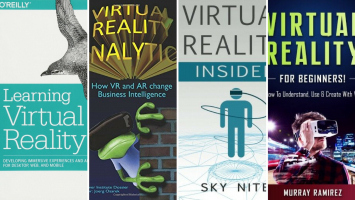Top 9 Best Books On Thought
We benefit from books in a variety of ways. They make us laugh, weep, scare the crap out of us, or teach us something new. The best literature, on the other ... read more...hand, make us ponder. Thought books are the books that stay with us throughout our lives. Analysis, assessment, problem-solving, and synthesis come to mind when people think about thinking skills. The books listed below can assist in developing thinking skills, such as attitudes, processes, and procedures. This is a list of the best books on thought.
-
Thomas Armstrong is the author of seven educational publications, including The Myth of the ADD Child, In Their Own Way, and Awakening Your Child's Natural Genius... He's also taught in educational training courses and as a Special Thinker, writes on educational issues on a regular basis, and advises parents on how to educate their children for publications like Ladies' Home Journal and Family Circle.
In 7 Kinds of Smart, you'll learn about a groundbreaking concept that's gaining traction among scientists and the public. It is the theory of different types of intelligence, formulated and developed over the past fifteen years by psychologist Howard Gardner, a theory that challenges long-held beliefs about what intelligence is intelligent. Gardner believes that our culture places an excessive amount of emphasis on logical and verbal thinking – competencies that are primarily assessed on an intelligence test – while ignoring patterns such as wisdom and understanding. He proposed that there are at least seven different varieties of intelligence, each of which deserves to be considered an important mode of thinking and reasoning.
The original edition of 7 Kinds of Smart identified seven distinct ways of being smart, including linguistic intelligence, mathematical logic intelligence, spatial intelligence, musical intelligence, body intelligence, ability to interact, and inner intelligence, based on psychologist Howard Gardner's pioneering theory of "multiple intelligences." It deserves to be on the list of the best books on thought because this book continues to be an essential resource, offering cutting-edge research for general consumption. It includes checklists for determining one's strongest and weakest intelligence, exercises, practical tips for developing each type of smart, a revised bibliography for further reading, and a guide to related Internet sites.Author: Thomas Armstrong
Link to buy: https://www.amazon.com/Seven-Kinds-Smart-Identifying-Intelligences/dp/0452281377
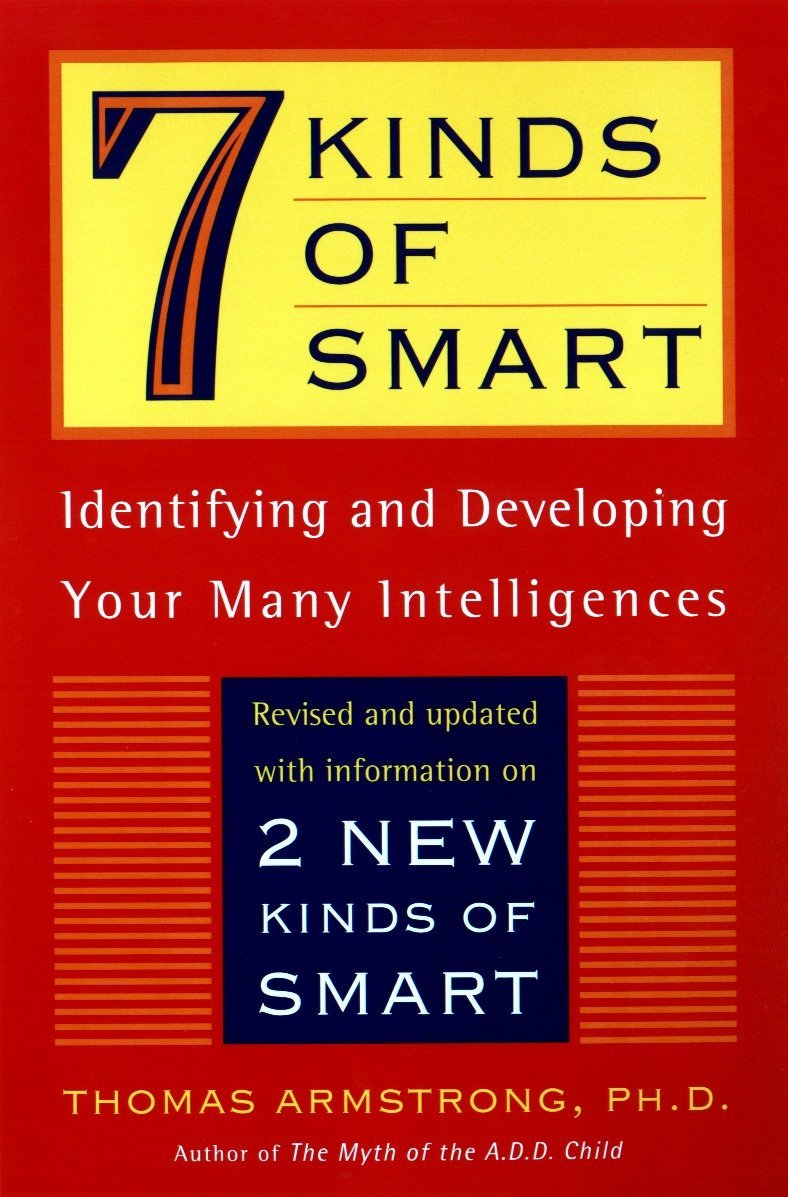
Photo: amazon 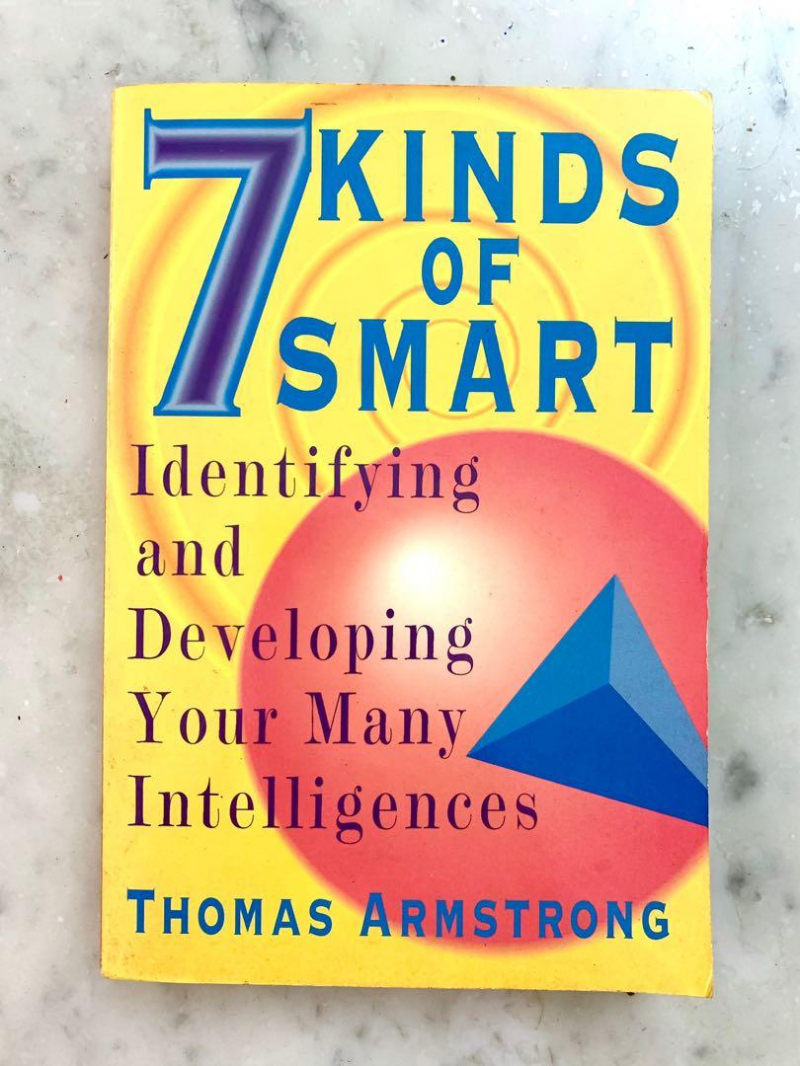
Photo: carousell -
People spend a lot of money on their bodies, faces, hair, and clothing. Cosmetics, plastic surgery, diets, and gym membership are all attempts to improve one's appearance. However, there is an easier way to appear attractive. It isn't necessary for it to be tangible. You can be beautiful no matter how you look if you have a fascinating, creative, engaging mind - if you're a brilliant thinker.
And being gorgeous isn't always a result of being intelligent or well-educated. It's not about having a wonderful personality. It's all about stretching your imagination and your ingenuity. And it's when we're talking to people that we have the most influence. Even if a person is physically attractive, a dull, ugly, or uncreative mind will turn them off while chatting with others.
In How to have a beautiful mind, De Bono demonstrates how you can develop your mind by employing lateral and parallel thinking abilities in your speech in plain, practical language. You can become more creative and appealing - more beautiful - by learning how to listen, make a point, and navigate a discussion.Author: Edward de Bono
Link to buy: https://www.amazon.com/Have-Beautiful-Mind-Edward-Bono/dp/0091894603

Photo: kobo Source: Literary Delights youtube channel -
Tom Stafford and Matt Webb's book Mind Hacks: Tips and Tricks for Using Your Brain uses cognitive neuroscience to five experiments, tricks, and tips linked to various elements of the brain. The book was released in November 2004 by O'Reilly as part of the O'Reilly Hacks series. Since then, it has been translated into six different languages.
The brain is a terrifyingly sophisticated information-processing environment that frequently eludes our comprehension. The brain is constantly collecting, filtering, and analyzing information, and in response, it performs a plethora of complex processes, some of which are automatic, some voluntary, some conscious, and some unconscious. One of the methods we have to comprehend the inner workings of our thoughts is cognitive neuroscience. It's a collection of methods—such as brain scanning and computational modeling—combined with a way of looking at psychological phenomena and figuring out where, why, and how the brain causes them to happen.
Mind Hacks is a collection of investigations into the brain's workings in real time. These studies, tactics, and tips on vision, motor skills, attention, cognition, subliminal perception, and more use cognitive neuroscience to shed light on how the human brain functions. Each hack focuses on a different aspect of the brain. Mind Hacks starts your journey into the mind with hacks like "Transcranial Magnetic Stimulation: Turn On and Off Bits of the Brain" and "Tour the Cortex and the Four Lobes," which take you inside the brain itself.If you want to learn more about what's going on inside your head, Mind Hacks is the place to go—let yourself experiment with the interface between you and the rest of the world.
Author:Tom Stafford, Matt Webb
Link to buy: https://www.amazon.com/Mind-Hacks-Tools-Using-Brain/dp/0596007795
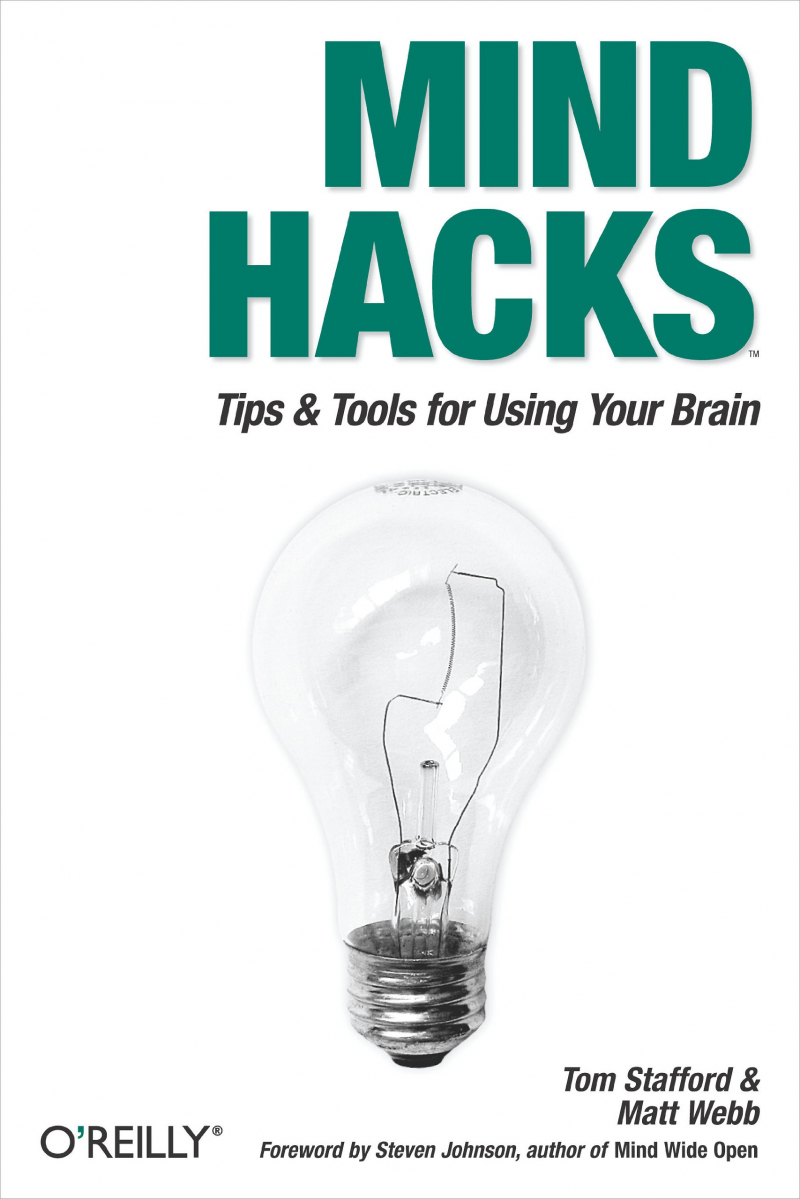
Photo: amazon 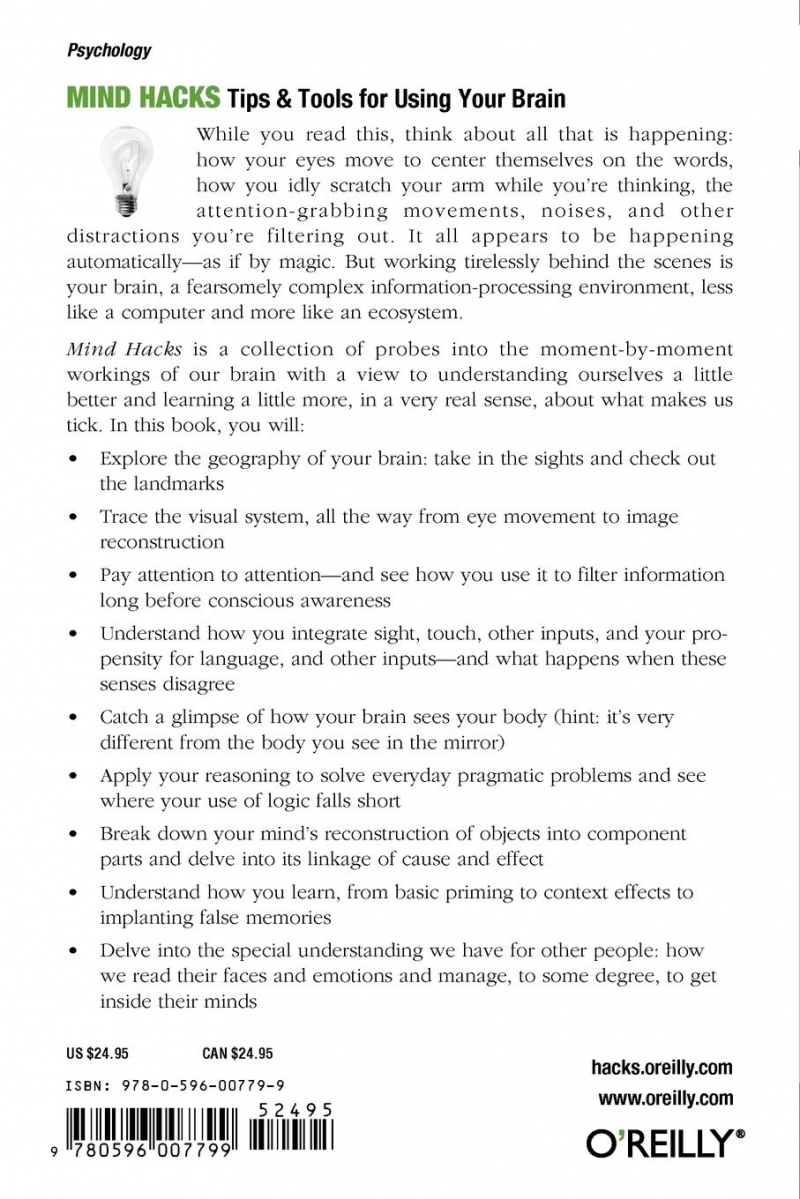
Photo: amazon -
Ron Hale-Evans wrote and researched approximately 80% of the material in Mind Performance Hacks: Tips and Tools for Overclocking Your Brain, a self-help book that uses psychology and mnemonic techniques to improve thinking skills such as memory, creativity, mental math, and other cognitive abilities. It's also remarkable for supplementing some hacks using Perl programming scripts. The book was published by O'Reilly Media in February 2006 as part of the O'Reilly Hacks series, and was inspired by Ron Hale-Evans' Mentat Wiki. It's regarded as an unofficial follow-up to the previous Mind Hacks.
This book will make you smarter if you're already smart. Mind Performance Hacks gives you practical advice on how to overclock your brain and become a better thinker. Managing your life needs hacking your brain in today's digital economy, which is becoming increasingly hectic. With this book, you'll be able to cut through the clutter and consciously, securely, and productively tune up your brain. Mind Performance Hacks is a collection of life hacks based on current research and theory, but with practical solutions you can use right away:
- Use mnemonic devices to help you remember numbers, names, dates, and other bits of information.
- Put your calculator down and conduct complex calculations in your head, with your fingers, or on the back of a napkin.
- Innovative brainstorming techniques can help you get your creative juices flowing.
- Utilize efficient techniques to catch fresh concepts before they vanish.
- Create innovative ways to communicate, including using artificial languages.
- Make better decisions by anticipating issues and coming up with unexpected answers.
- Cool tactics and activities can help you improve your mental fitness.
Author: Ron Hale-Evans
Link to buy: https://www.amazon.com/Mind-Performance-Hacks-Tools-Overclocking/dp/0596101538
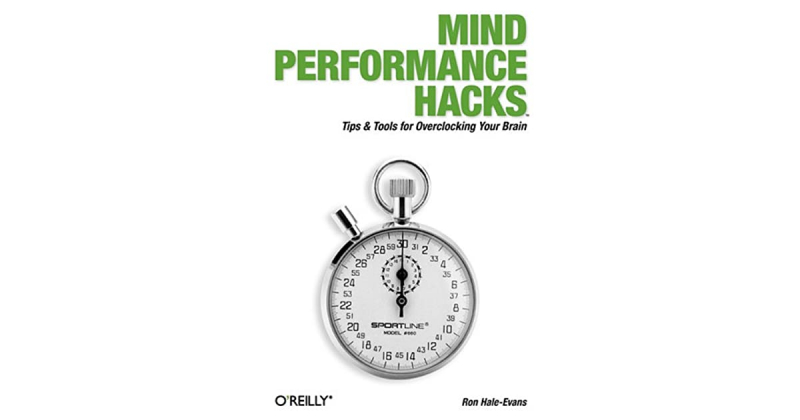
Photo: goodreads 
Photo: amazon -
Dr. Edward de Bono penned the book Six Thinking Hats. "Six Thinking Hats" and the linked concept of parallel thought allow groups to prepare their thinking processes in a thorough and unified manner, allowing them to think more effectively together. After reading this book, you will understand the reason why it is included in the list of the best books on thought.
The method's premise is that the human brain thinks in a variety of ways that can be intentionally challenged and thus structured for use, allowing one to develop tactics for thinking about specific issues. According to De Bono, the brain can be challenged in six different ways. The brain will recognize and bring into conscious cognition specific features of the issues being evaluated in each of these orientations. Some people may believe that wearing hats is unnatural, awkward, or even unproductive, and that doing so goes against their better judgment.
The Six Thinking Hats method encourages you to consider a subject from six different perspectives. It pushes you and your team beyond any natural positions, allowing you to consider a variety of viewpoints. You won't have to defend your point or make fast judgments about what's "right" or "wrong" this way, and you'll have more time to think about each one. By the time you've tried on all six hats, you should have a wealth of information to assist you to determine what to do next.Different programs can be constructed once the six modes of thought that can be accessed have been recognized. These are headgear sequences that cover and structure the cognitive process as it leads to a specific aim. A number of these are contained in the resources offered to support the six hats method's franchised training; nevertheless, they must often be adapted to fit a specific need. Furthermore, programs are frequently "emergent," which means that the group may plan the first few hats, and then the facilitator will see what appears to be the best course of action.
Author: Edward de Bono
Link to buy: https://www.amazon.com/Six-Thinking-Hats-Edward-Bono/dp/0316178314
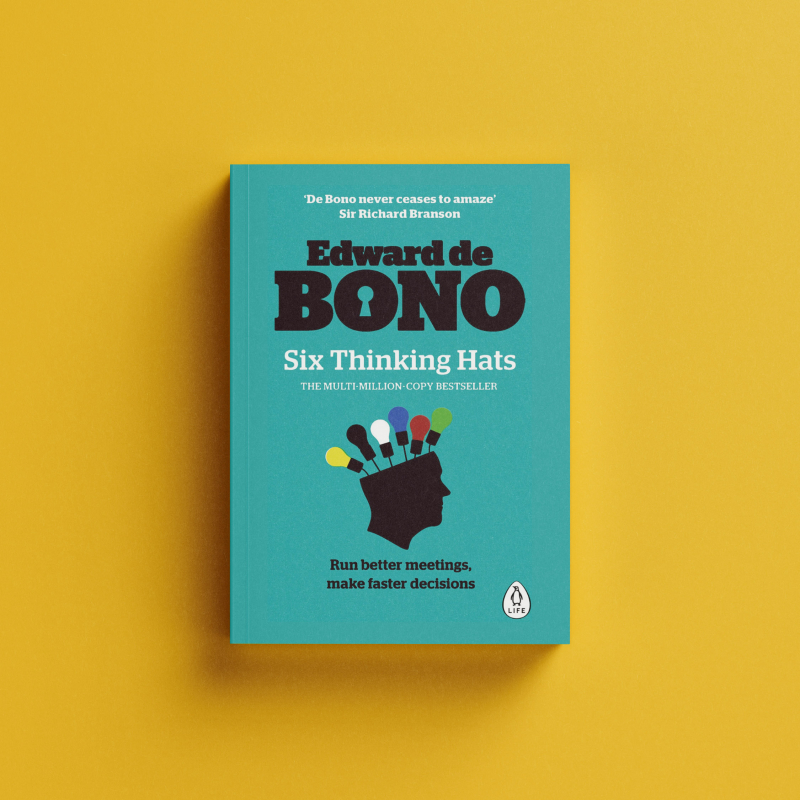
Photo: whatyouwilllearn 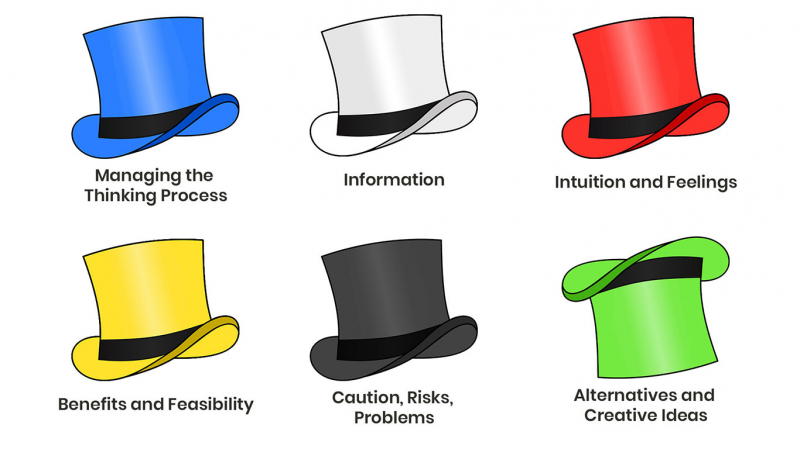
Photo: angelaheise -
Smart Questions gives a whole new paradigm for creating solutions. Drawn from the authors' many years of research and field experience, the Smart Questions Approach reveals how the leading creators of solutions in almost every profession and walk of life—including business, government, education, and even families—think and approach their assignments. The author’s holistic thinking approach illustrates how to employ three “foundation” questions—focusing on uniqueness, purposeful information, and systems—which must be examined for every situation. These three questions, a vital beginning point for researching challenges, in turn, lead to other key questions that will finally develop effective solutions.
Based on 40 years of research, Smart Questions helps individuals select the proper strategy to solving their challenges. Using this proven approach, readers may advance toward the "excellent idea" and figure out how to apply it. The principles of good problem-solving are known by the thoughtful questions that readers ask to advance themselves ahead in the process. The book explains how anyone can break out of standard, self-defeating habits of reasoning to find solutions to practically any situation.
Author: William Chandon, Gerald Nadler
Link to buy: https://www.amazon.com/Smart-Questions-Gerald-Nadler/dp/0470894075
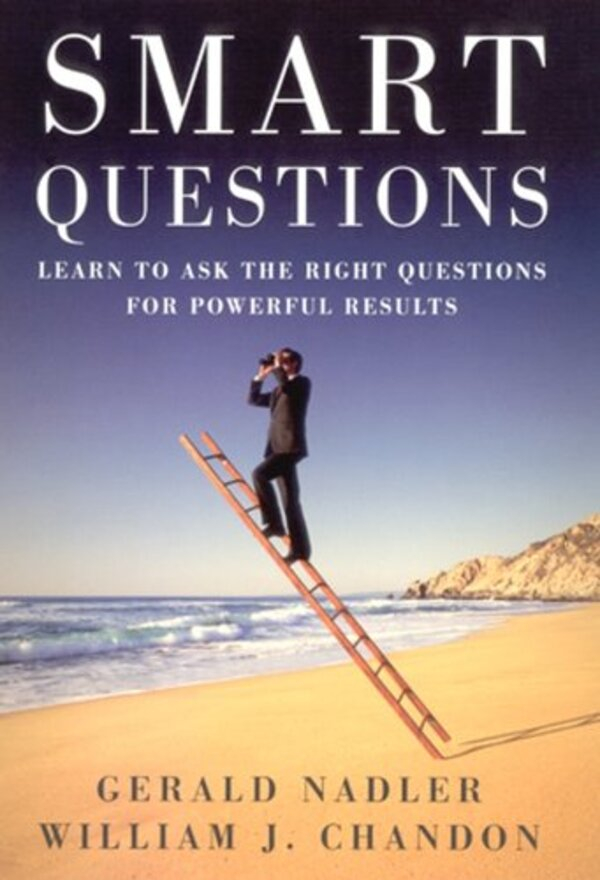
Photo: amazon 
Photo: amazon -
The book Tactics: The Art and Science of Success is based on 50 interviews with men and women who have achieved extraordinary success in a range of disciplines, including Chris Bonington, Mark McCormack, Terence Conran, and Malcolm Forbes. Edward de Bono examines their various paths to success with his usual perceptiveness, revealing that beneath their various styles and vastly different personal qualities are a few characteristics that are shared by all successful people. De Bono teaches lessons to everybody who wants to be successful in life. It can be a helpful guide for people who want to apply tried-and-true methods to climb the success ladder.
The book is split into three sections. The first section delves into the styles and qualities of success, focusing on features such as ego, confidence, efficiency, energy, and the ability to deal with disappointments. Then there are the classic motivators for success, such as money, power, and terror, followed by a discussion of how much influence we have over our own achievement. Genes, background, luck, hard work, training, awareness, opportunity, and other factors all play a role. The second section, named "Prepare for Success," is centered on self-awareness and self-examination, which equip a person with motivation to succeed. "Make it a Success" is the title of the third and last section. It describes how to achieve success by being conscious of what you're thinking and doing, your strategy and tactical play, your decision-making, your chances, and your risks.
Tactics: The Art and Science of Success can assist in pushing a person to make greater use of his or her cognitive abilities. It has the potential to make him more tenacious, single-minded, and resolute in his pursuit of his goal.Author: Edward De Bono
Link to buy: https://www.amazon.com/Tactics-Science-Success-Edward-Bono/dp/1861975376
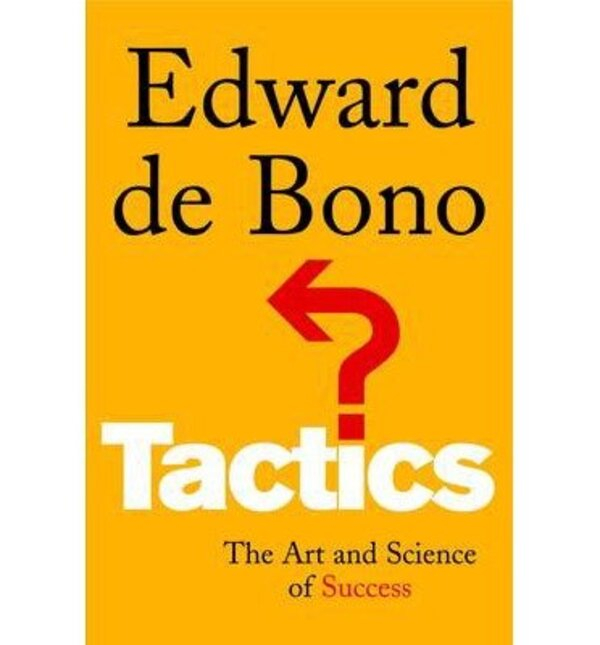
Photo: amazon 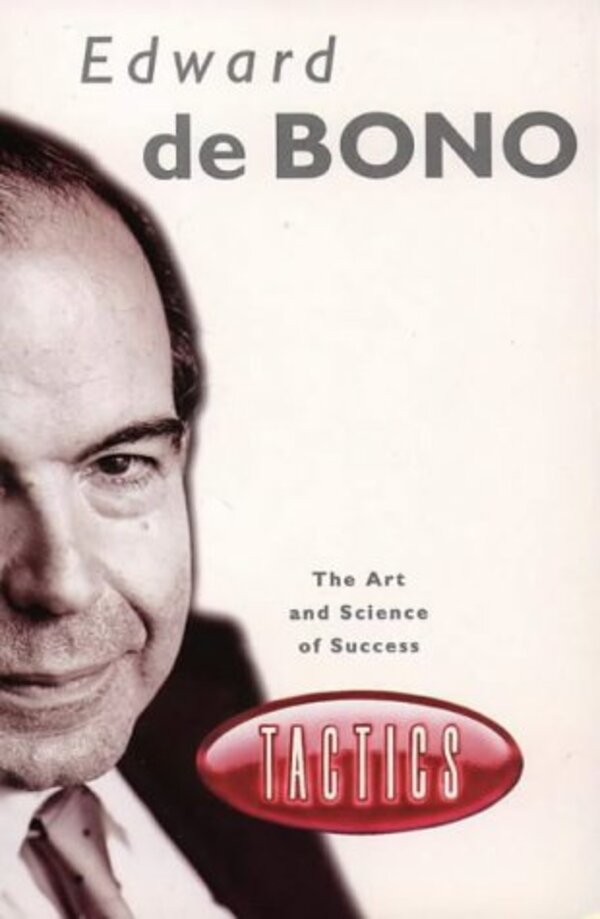
Photo: amazon -
Daniel Schacter, former chair of Harvard University's Psychology Department and a notable memory researcher, wrote The Seven Sins of Memory: How the Mind Forgets and Remembers.
The book is based on the idea that "the seven sins of memory" are analogous to the Seven Deadly Sins, and that avoiding these sins helps improve one's memory. These characteristics of human memory, according to Schacter, are not inherently negative and serve a valuable role in memory. Persistence, for example, is one of the memory sins that can lead to post-traumatic stress syndrome. Persistence, on the other hand, is required for long-term memory and is hence vital.In this fascinating study, Daniel L. Schacter examines what we might think of as memory failures—absent-mindedness, transience, blocking, misattribution, suggestibility, bias, and persistence—and proposes that these blunders are actually signs that memory is working properly. The Seven Sins of Memory provides a more nuanced understanding of how memory and the mind influence each other and shape our lives, drawing on vivid scientific research and creative literature, as well as high-profile events in which memory has played a significant role (for example, Bill Clinton's grand jury testimony).
This unique book, beautifully written, offers a fascinating fresh perspective on our brains and what we commonly refer to as our minds.Author: Daniel L. Schacter
Link to buy: https://www.amazon.com/Seven-Sins-Memory-Forgets-Remembers/dp/0618219196
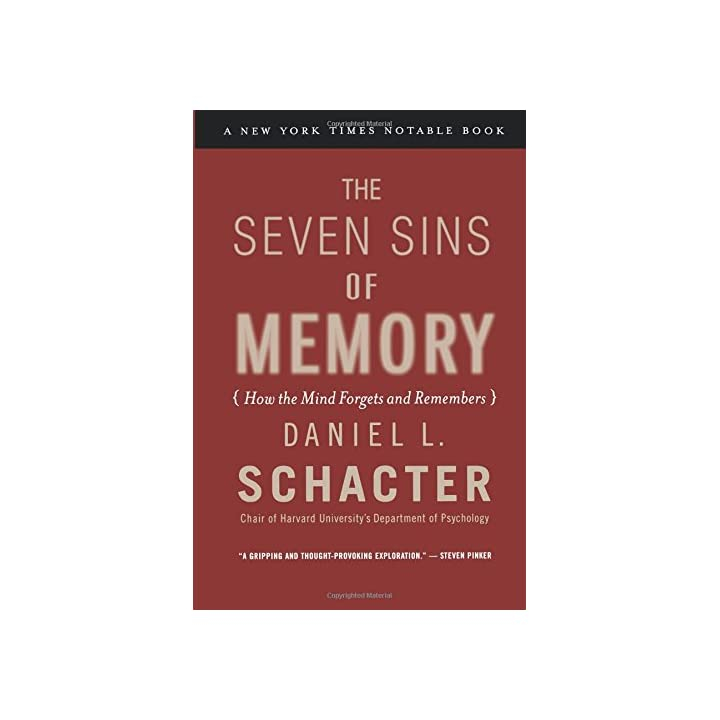
Photo: fado Source: Petrie-Flom Center youtube channel -
Every brilliant idea appears obvious in retrospect. But how are you going to come up with such concepts? In the book Thinkertoys: A Handbook of Creative-Thinking Techniques, you can find the answer (2nd Edition)
Michael Michalko, a creativity specialist, unveils life-changing tools that will help you think like a genius in this revised and extended edition of his pioneering Thinkertoys. This thorough manual outlines inventive creative-thinking approaches for treating problems in novel ways, from the logical to the intuitive. You'll discover how to generate innovative ideas that will improve your personal and professional lives through enjoyable and thought-provoking tasks. Michalko's tactics teach you how to perceive something different in the same information that everyone else sees. Thinkertoys will expose your imagination to a universe of imaginative answers to common and not-so-everyday problems with hundreds of hints, tricks, tips, tales, and riddles.
Michael is also the author of Thinkpak (A Brainstorming Card Set), a novel creative-thinking tool designed to facilitate brainstorming sessions, and Cracking Creativity (The Secrets of Creative Geniuses), a book that describes the common thinking strategies used by creative geniuses throughout history in the sciences, art, and industry and shows how we can apply them to become more creative in our business and personal lives.Thinkertoys will expose your imagination to a universe of imaginative answers to common and not-so-everyday problems with hundreds of hints, tricks, tips, tales, and riddles.
Author: Michael Michalko
Link to buy: https://www.amazon.com/Thinkertoys-Handbook-Creative-Thinking-Techniques-2nd/dp/1580087736
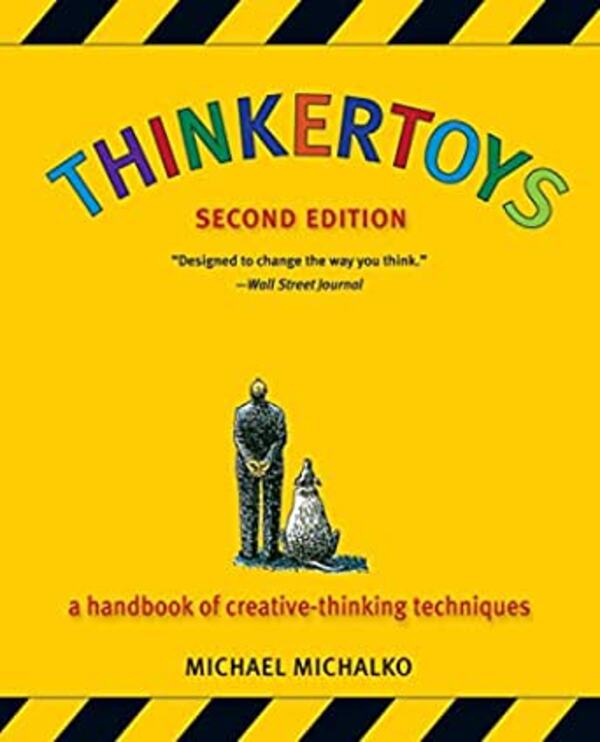
Photo: amazon Source: Kaphal Studio youtube channel











